An urban aquarium under the gardens
Historic galleries, modern life‑support systems and a mission to share and protect marine life.
Table of Contents
Origins at the Trocadéro

The Trocadéro gardens have housed aquariums for over a century, with early tanks created for exhibitions that brought marine life to the heart of Paris.
Over time, the site evolved with new technology and displays, balancing education, entertainment and respect for animals.
Rebirth as Cinéaqua
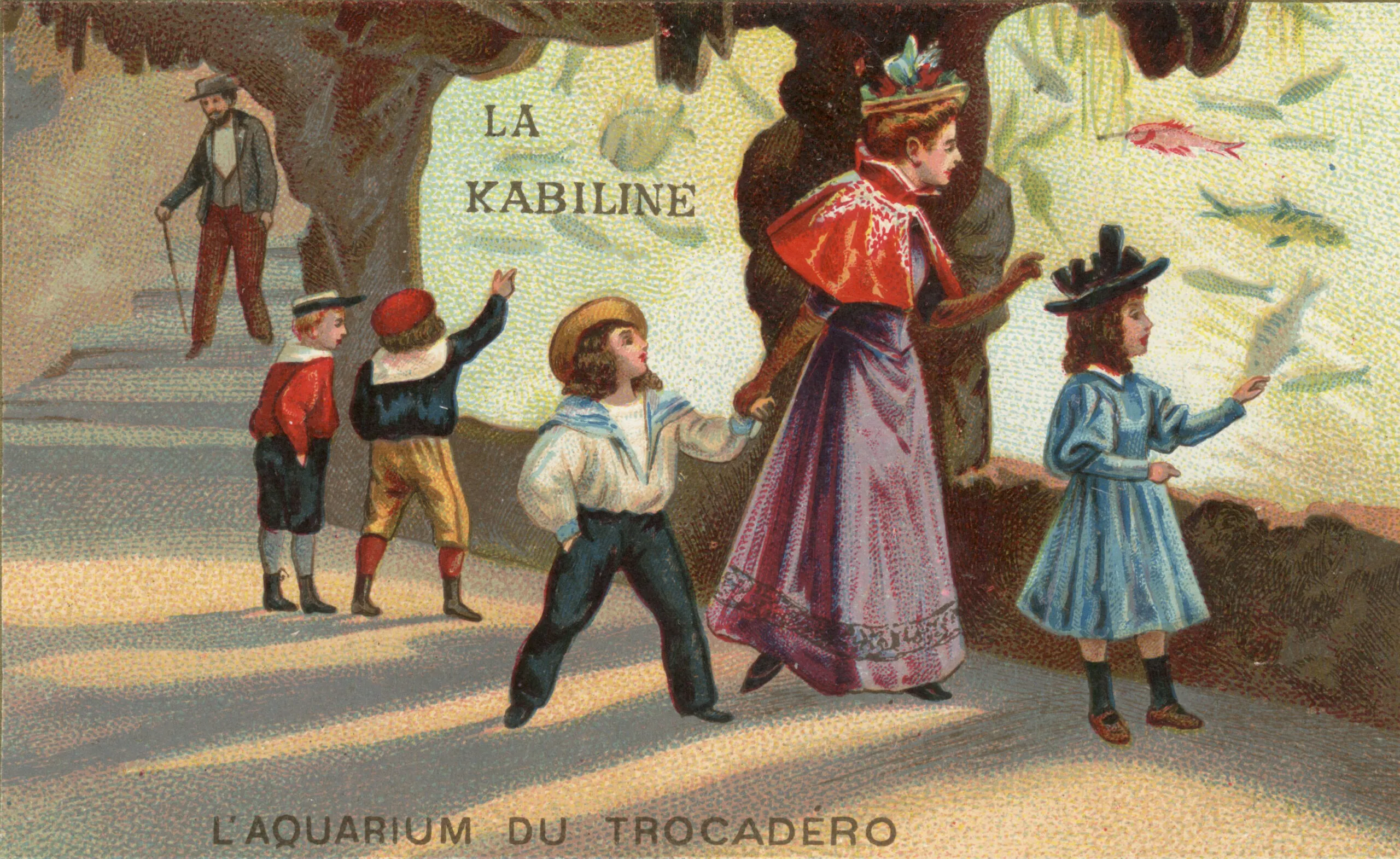
After major renovations, the Aquarium de Paris reopened with updated galleries, improved habitats and screening spaces — hence the nickname ‘Cinéaqua’.
Today it mixes immersive tanks with short films and programs for schools, families and ocean‑curious visitors.
Shark tunnel and large tanks

The shark tunnel is the star — a transparent passage where sharks and rays glide above, giving a close, calm view of these powerful swimmers.
Engineers control currents, filtration and lighting to mimic natural rhythms and keep the water crystal clear.
Jellyfish lab and soft light
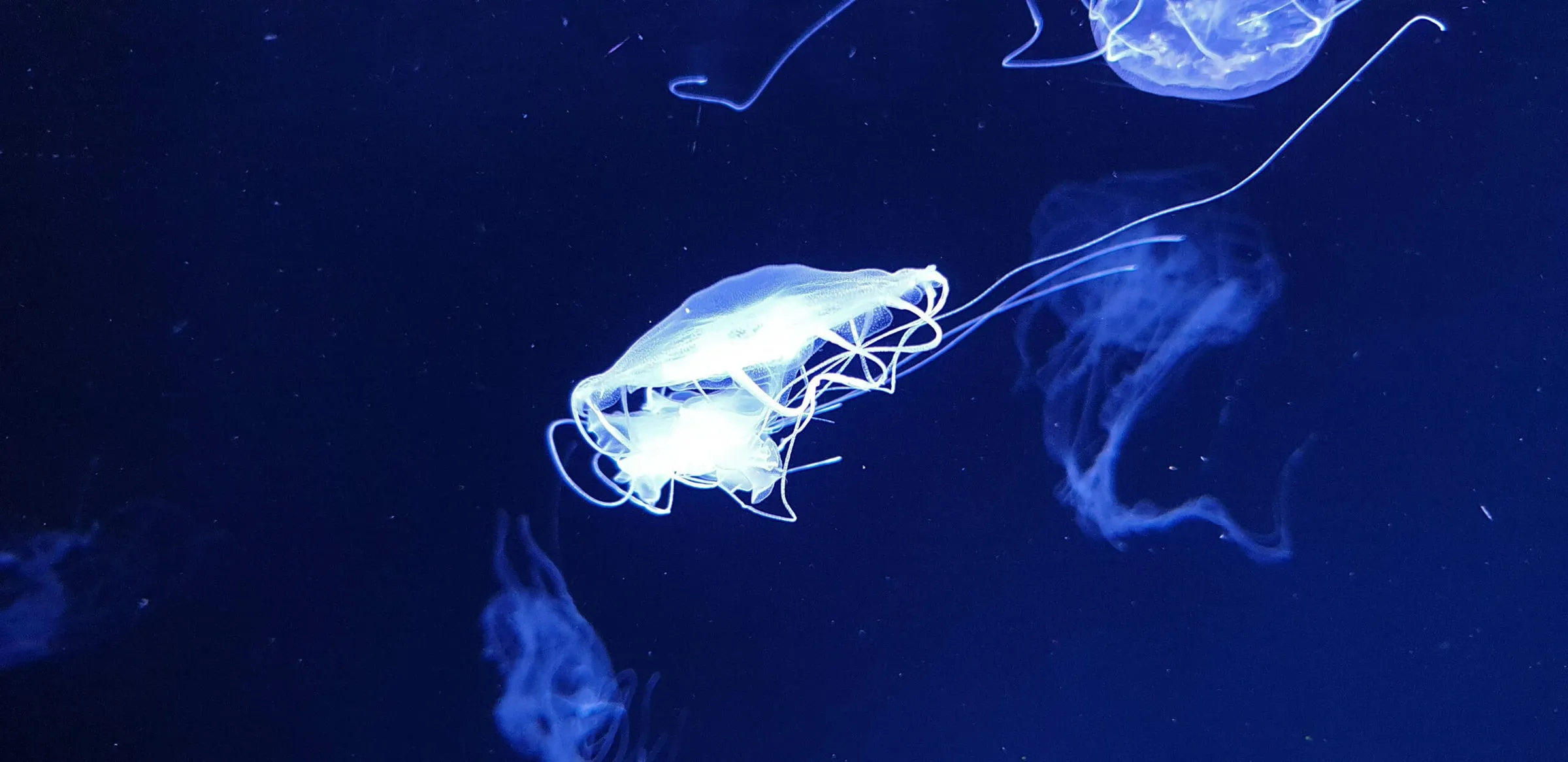
In softly lit tanks, jellyfish drift like living sculptures. Behind the scenes, specialists care for delicate species in dedicated nurseries.
The lighting helps you see anatomy and movement without stressing the animals — a soothing stop for many visitors.
Education and conservation
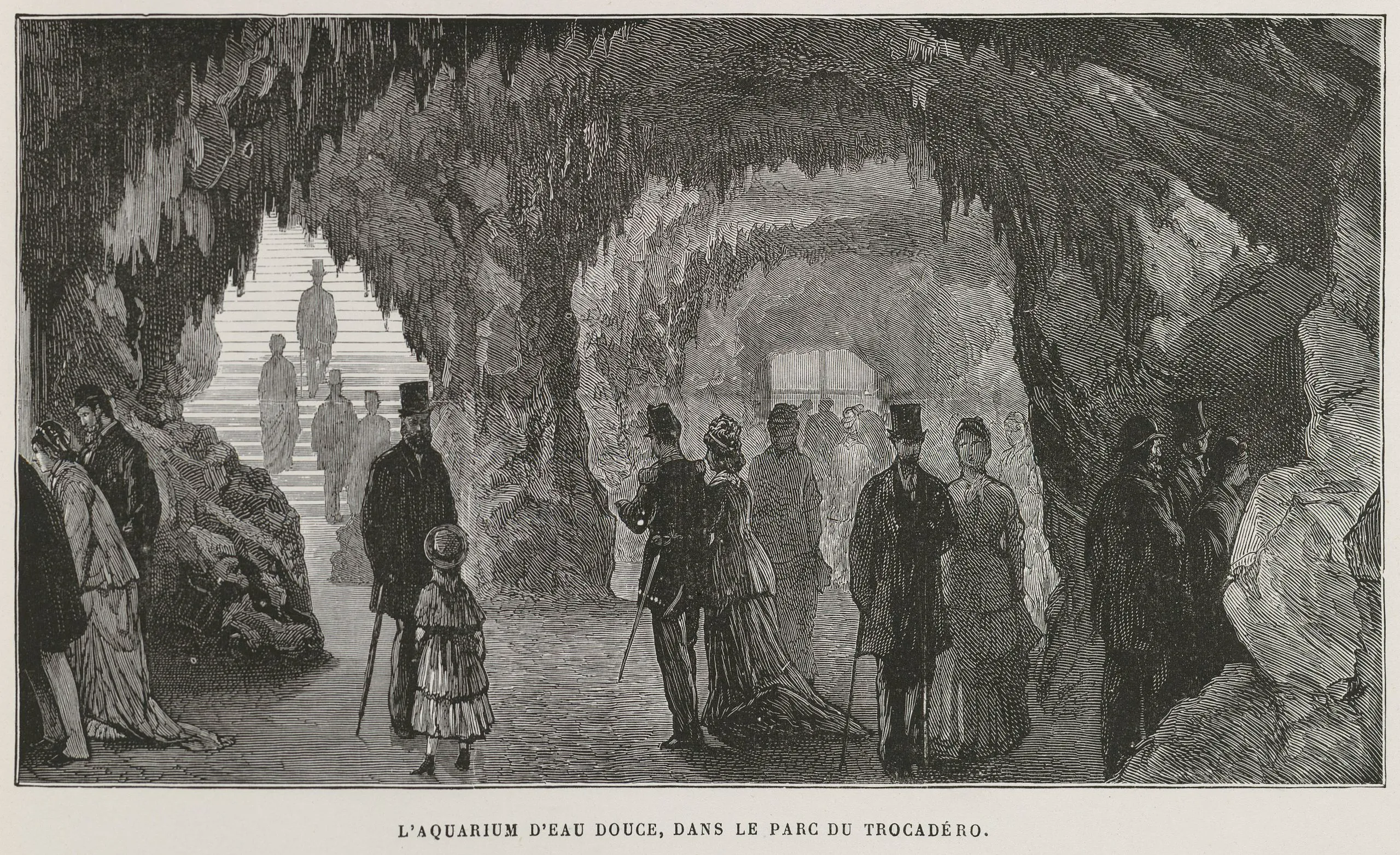
Talks, workshops and playful worksheets introduce kids to habitats, food chains and ocean protection.
Partnerships with NGOs, scientists and local groups support awareness and responsible practices.
Behind the scenes: life support

Hidden systems circulate, filter and heat thousands of liters of water. Teams monitor salinity, pH and temperature around the clock.
Care teams prepare varied diets and enrichment for each species, coordinating routine health checks with veterinarians.
Family activities and shows

From puppet shows to feeding sessions, daily programming keeps younger visitors engaged without overwhelming noise.
Quiet corners and benches let you pause; a clear route makes it easy to keep the group together.
Cinema, arts and events
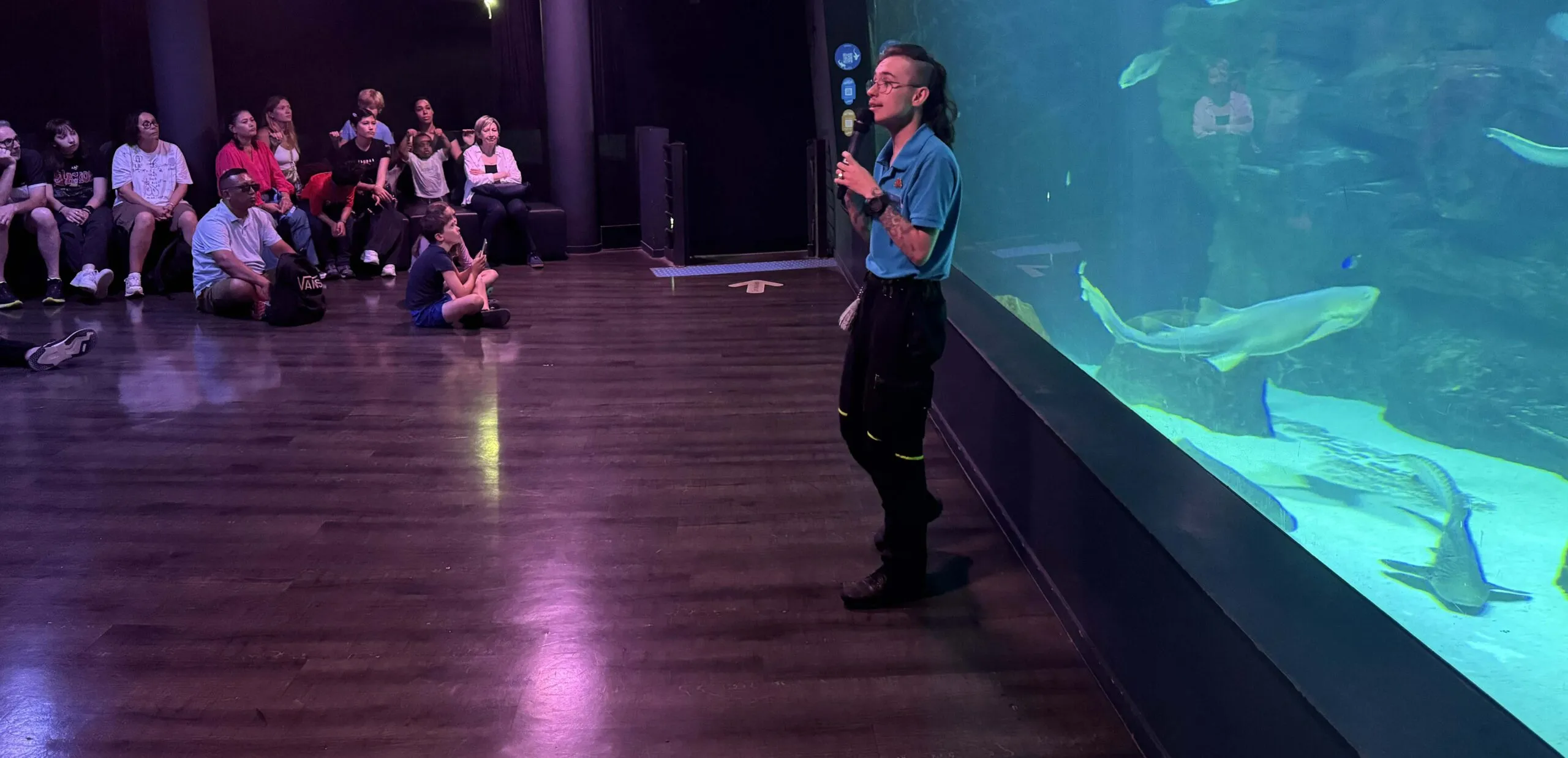
Short films, themed exhibits and occasional cultural events connect marine life with storytelling and art.
Private hires and special evenings may change access to certain areas — check the calendar before you go.
Partnerships and research
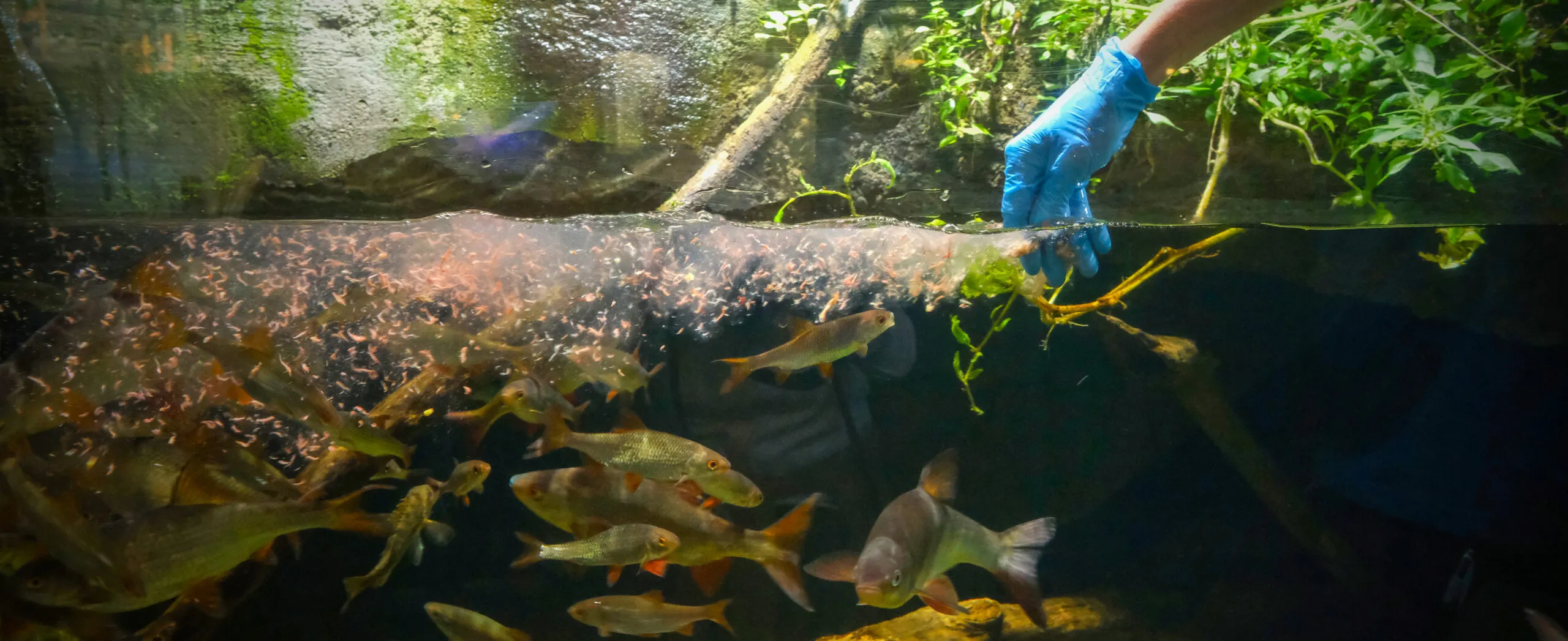
The aquarium collaborates with educators, aquarists and researchers to share best practices and improve animal welfare.
Data from water quality, behavior and health checks inform continuous improvements to the habitats.
Planning your visit today

A well‑signed, mostly one‑way route guides you through the galleries. Dated tickets keep flows even on busy days.
Download your e‑tickets, travel light and check the day’s schedule for shows you don’t want to miss.
Sustainability and animal welfare

Efficient pumps and lighting reduce energy use; teams prioritize responsible sourcing and care standards.
Educational programs encourage choices that protect oceans — from reducing plastic to respecting marine habitats.
Trocadéro, Eiffel Tower and the neighborhood

Before or after your visit, enjoy the Trocadéro terraces and views of the Eiffel Tower, or stroll along the Seine.
Cafés, playgrounds and green spaces nearby make it easy to plan a relaxed family day.
A Paris icon for marine life

In the heart of the city, the Aquarium de Paris connects visitors with the oceans through calm spaces and close‑up encounters.
It’s both a place to wonder and a reminder that everyday choices help protect fragile marine ecosystems.
Table of Contents
Origins at the Trocadéro

The Trocadéro gardens have housed aquariums for over a century, with early tanks created for exhibitions that brought marine life to the heart of Paris.
Over time, the site evolved with new technology and displays, balancing education, entertainment and respect for animals.
Rebirth as Cinéaqua

After major renovations, the Aquarium de Paris reopened with updated galleries, improved habitats and screening spaces — hence the nickname ‘Cinéaqua’.
Today it mixes immersive tanks with short films and programs for schools, families and ocean‑curious visitors.
Shark tunnel and large tanks

The shark tunnel is the star — a transparent passage where sharks and rays glide above, giving a close, calm view of these powerful swimmers.
Engineers control currents, filtration and lighting to mimic natural rhythms and keep the water crystal clear.
Jellyfish lab and soft light

In softly lit tanks, jellyfish drift like living sculptures. Behind the scenes, specialists care for delicate species in dedicated nurseries.
The lighting helps you see anatomy and movement without stressing the animals — a soothing stop for many visitors.
Education and conservation

Talks, workshops and playful worksheets introduce kids to habitats, food chains and ocean protection.
Partnerships with NGOs, scientists and local groups support awareness and responsible practices.
Behind the scenes: life support

Hidden systems circulate, filter and heat thousands of liters of water. Teams monitor salinity, pH and temperature around the clock.
Care teams prepare varied diets and enrichment for each species, coordinating routine health checks with veterinarians.
Family activities and shows

From puppet shows to feeding sessions, daily programming keeps younger visitors engaged without overwhelming noise.
Quiet corners and benches let you pause; a clear route makes it easy to keep the group together.
Cinema, arts and events

Short films, themed exhibits and occasional cultural events connect marine life with storytelling and art.
Private hires and special evenings may change access to certain areas — check the calendar before you go.
Partnerships and research

The aquarium collaborates with educators, aquarists and researchers to share best practices and improve animal welfare.
Data from water quality, behavior and health checks inform continuous improvements to the habitats.
Planning your visit today

A well‑signed, mostly one‑way route guides you through the galleries. Dated tickets keep flows even on busy days.
Download your e‑tickets, travel light and check the day’s schedule for shows you don’t want to miss.
Sustainability and animal welfare

Efficient pumps and lighting reduce energy use; teams prioritize responsible sourcing and care standards.
Educational programs encourage choices that protect oceans — from reducing plastic to respecting marine habitats.
Trocadéro, Eiffel Tower and the neighborhood

Before or after your visit, enjoy the Trocadéro terraces and views of the Eiffel Tower, or stroll along the Seine.
Cafés, playgrounds and green spaces nearby make it easy to plan a relaxed family day.
A Paris icon for marine life

In the heart of the city, the Aquarium de Paris connects visitors with the oceans through calm spaces and close‑up encounters.
It’s both a place to wonder and a reminder that everyday choices help protect fragile marine ecosystems.